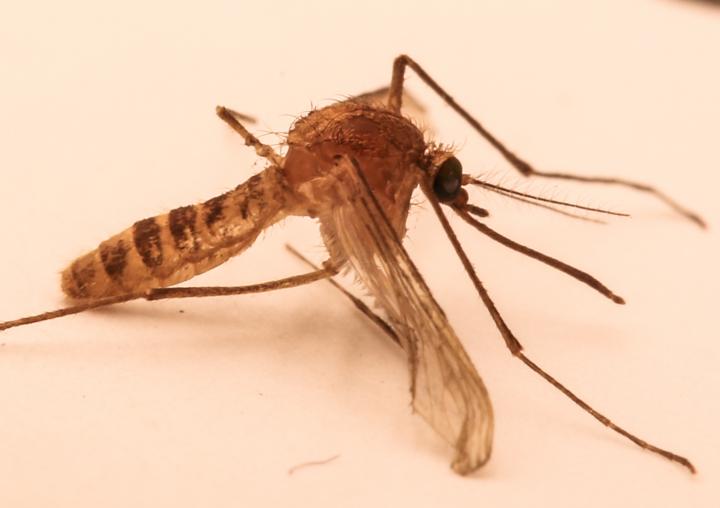A mosquito that has adapted to live in London’s Tube network likely originated thousands of years ago in the Middle East, according to a new study.
Culex molestus, the London Underground mosquito, has been extensively studied as an example of people driving the evolution and emergence of new species.
Compared to the similar C pipiens, which lives and breeds above ground, C molestus has adapted to live in artificial underground environments, developing the ability to mate and breed in confined spaces. C molestus famously feasted on Londoners seeking shelter in Tube stations during World War II.
The mosquito has in recent years come to be seen as a “competent vector aiding in the spread of the West Nile virus and other diseases across Eurasia and North America”.

“Solving the mystery of the origins of molestus has important implications for understanding both rapid urban adaptation and emerging threats to human health,” scientists say.
It has been proposed that the mosquito evolved in the London Underground during the 100-year period between the tunnel system’s construction and the insect’s eventual discovery.
Now, an international team of over 100 scientists has traced the mosquito’s origin to a time far before the advent of artificial underground systems, raising further questions about its evolution.
The researchers assessed nearly 350 contemporary and historical mosquito DNA samples and found that C molestus evolved first to live and breed above ground in the Middle East over 1,000 years ago.
Their yet-to-be published study, posted as a preprint on arXiv, suggests that molestus likely arose with the advent of agricultural civilisations in and around modern-day Egypt.
Many of the traits that enable molestus to thrive in urban underground first arose in another time and context. Instead of evolving in the subway rail system of a northern European city over one or two centuries, the study suggests molestus first adapted to human hosts and habitats in the Middle East over a millennium or more, “possibly in association with early agricultural societies”.

These early agricultural landscapes likely provided a new “human niche” that could have been “too arid” for C pipiens. Their irrigation systems may have offered breeding sites for the mosquito’s larval stages with abundant humans and domestic animals offering a reliable blood source for adult females, researchers say.
“We cannot say where exactly in the Middle East adaptation first occurred as our sampling in the region is limited and ranges shift over time,” they say. “However, molestus is particularly abundant in Egypt’s Nile basin and ancient pharaonic artefacts and papyrus are consistent with the idea that molestus was spreading filarial worms among humans there as many as 2000 years ago.”
The study highlights the role of preexisting traits of a species in adapting to urban environments. However, researchers note that the ancient origin of molestus does not “preclude additional, contemporary evolution”.




